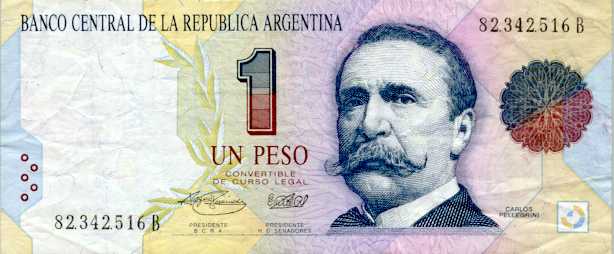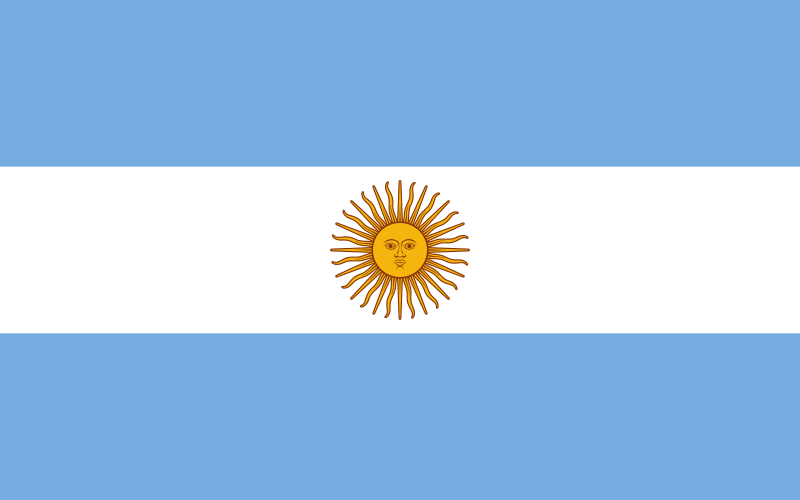Argentina's Peso Surprises Markets Amid Economic Reforms
Milei publicly criticizes economists as econo-swindlers and alarmists as Argentina's peso has defied expectations by maintaining stability following recent economic reforms, easing inflation concerns and bolstering investor confidence.

Argentina's peso has demonstrated unexpected resilience in recent weeks, defying many analysts' predictions of a sharp decline following the relaxation of its fixed exchange rate. On April 14, 2025, the government partially floated the peso, allowing it to trade within a band between 1,000 and 1,400 pesos per U.S. dollar.
Contrary to forecasts, the currency has remained relatively stable, trading at 1,175 pesos per dollar as of April 25, 2025, well above the lower limit of the new band. This stability has prompted President Javier Milei to publicly criticize economists who had anticipated a significant devaluation, calling them "econo-swindlers" and "alarmists."
The government's decision to ease currency controls was part of a broader strategy to secure a $20 billion loan from the International Monetary Fund (IMF). Under this agreement, Argentina committed to removing individual currency purchase restrictions and partially floating the peso's exchange rate. The IMF disbursed an initial $12 billion to bolster Argentina's central bank reserves and stabilize financial markets.
Economists have noted that the peso's unexpected strength can be attributed to several factors. A high benchmark interest rate of 29% has encouraged carry trades, where investors borrow in dollars to invest in higher-yielding peso-denominated assets. Additionally, a seasonal influx of export dollars from Argentina's massive April-June soybean harvest has provided support for the currency.

Inflation, which had been a significant concern, has also shown signs of easing. After peaking near 300% in early 2024, inflation has dropped to 56% year-on-year, aided by austerity measures under President Milei. Analysts now forecast April inflation between 3% and 5%, below previous expectations.
Despite these positive developments, challenges remain. The central bank has been cautious in its interventions, refraining from using reserves to prop up the peso unless it hits the 1,400 lower limit, in line with the terms of the IMF agreement. This approach aims to build reserves when the peso is stronger, reducing the need for intervention. (ft.com)
Looking ahead, the government's commitment to fiscal discipline and monetary stability will be crucial in maintaining the peso's strength. The upcoming midterm elections in October 2025 may also influence economic policies and investor sentiment. While the initial signs are promising, sustained efforts will be necessary to ensure long-term economic stability and growth.
Sending money to Argentina isn’t quite as straightforward as it is with many other countries. Argentina’s unique financial landscape — including strict currency controls, volatile exchange rates, and high inflation — means it’s important to plan carefully before making a transfer.
Disclaimer: Please note any provider recommendations, currency forecasts or any opinions of our authors should not be taken as a reference to buy or sell any financial product.
